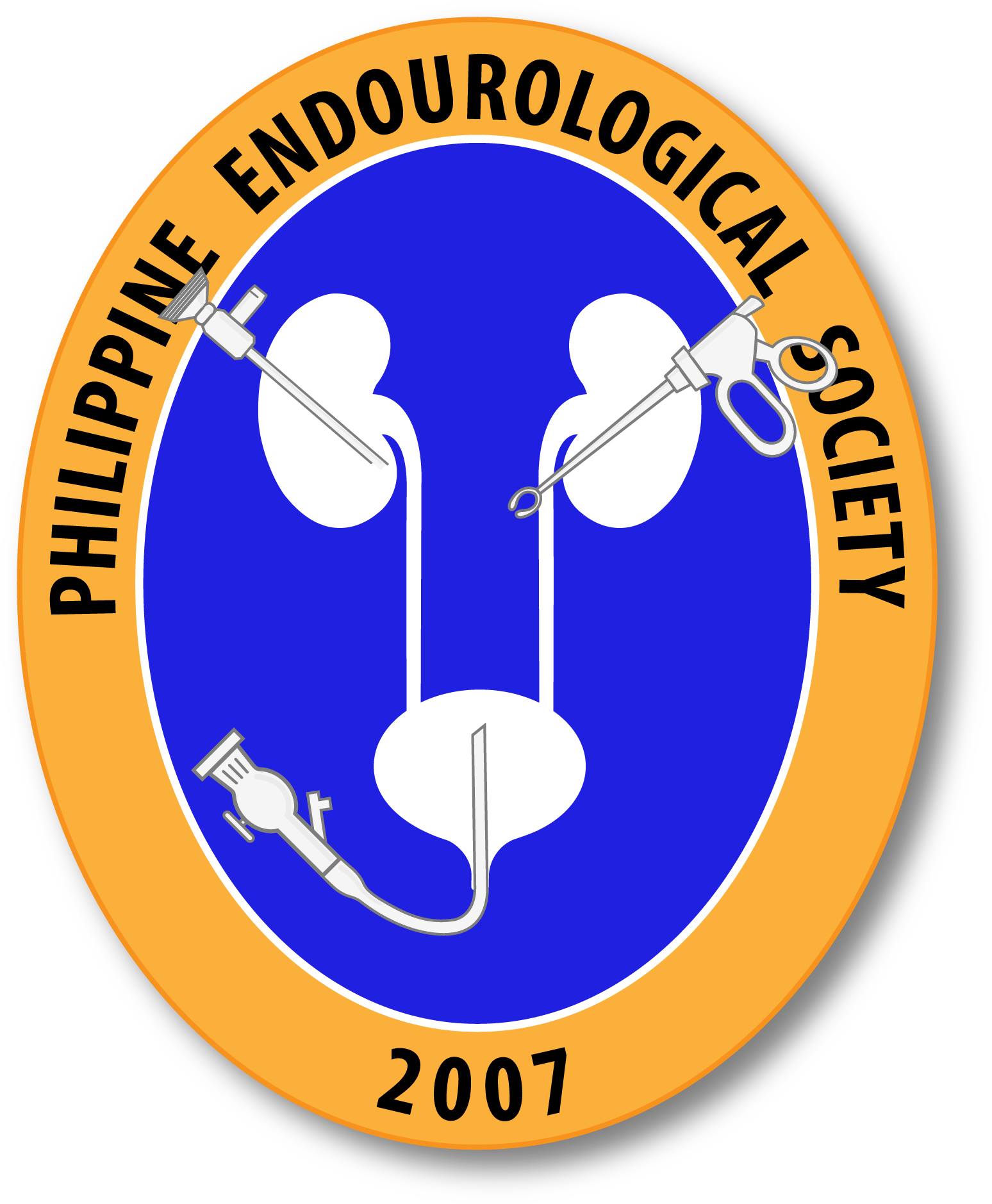Precise characterization of urinary tract innervation using three-dimensional reconstruction: A contemporary review.
A precise understanding of the autonomic innervation of the urinary tract is crucial to successful management of urologic disease given the important role that neurophysiology plays in genitourinary pathology. Recent studies using a combination of contemporary histopathology and imaging technologies have furthered our understanding of the spatial nerve distribution in the kidneys, ureters, and bladder. […]
